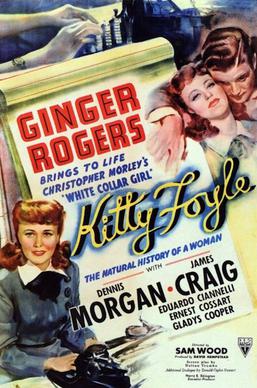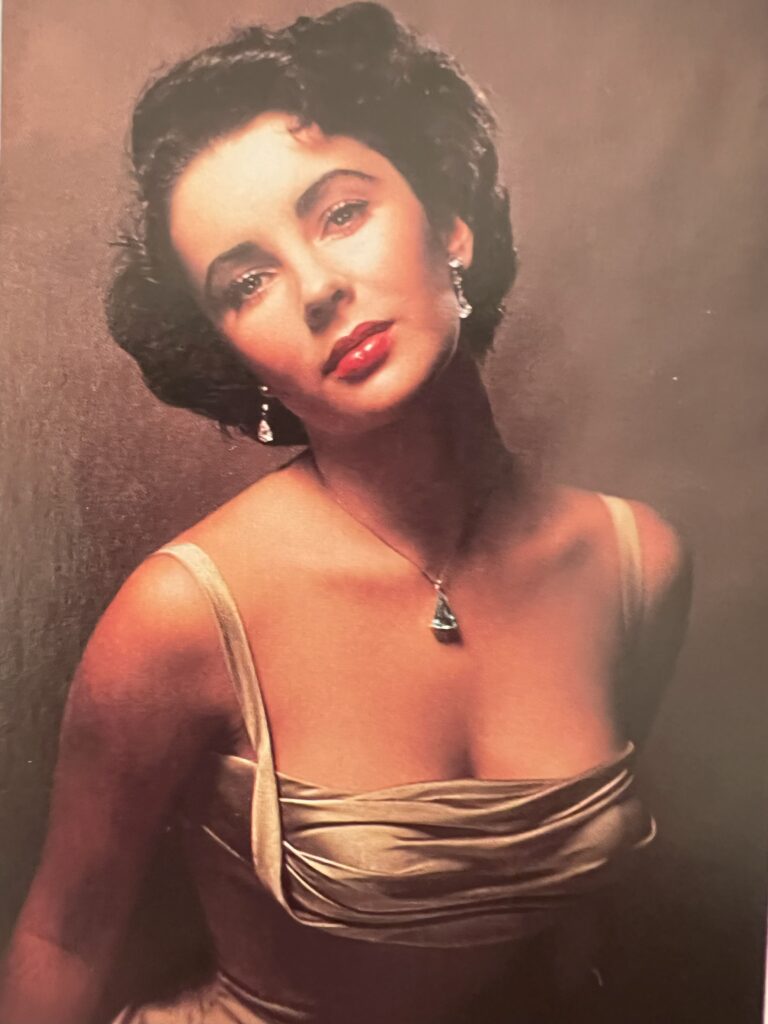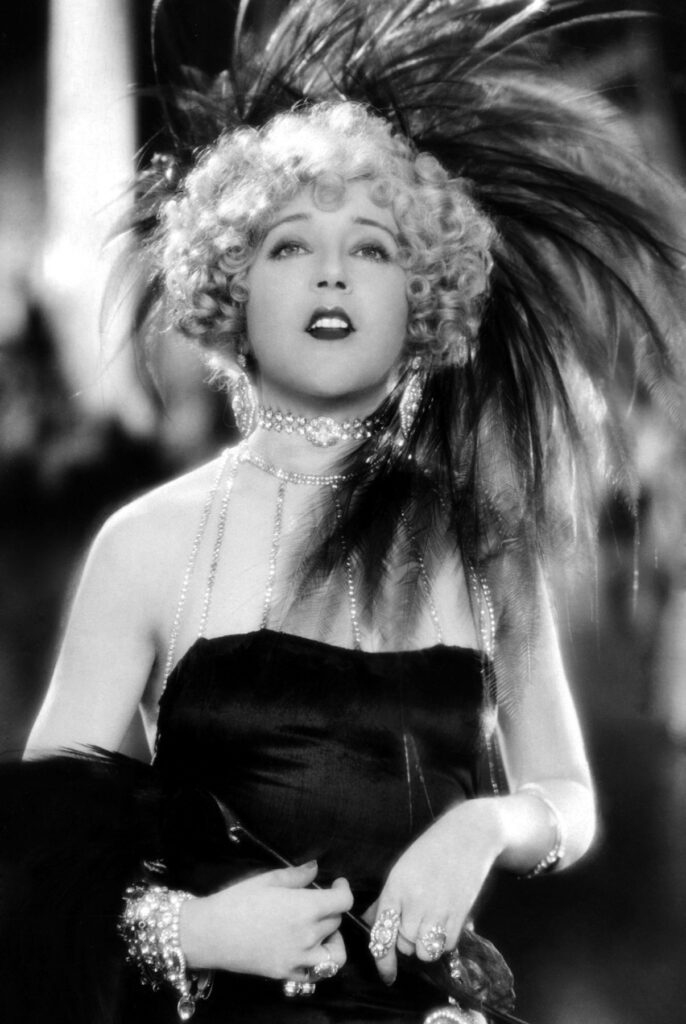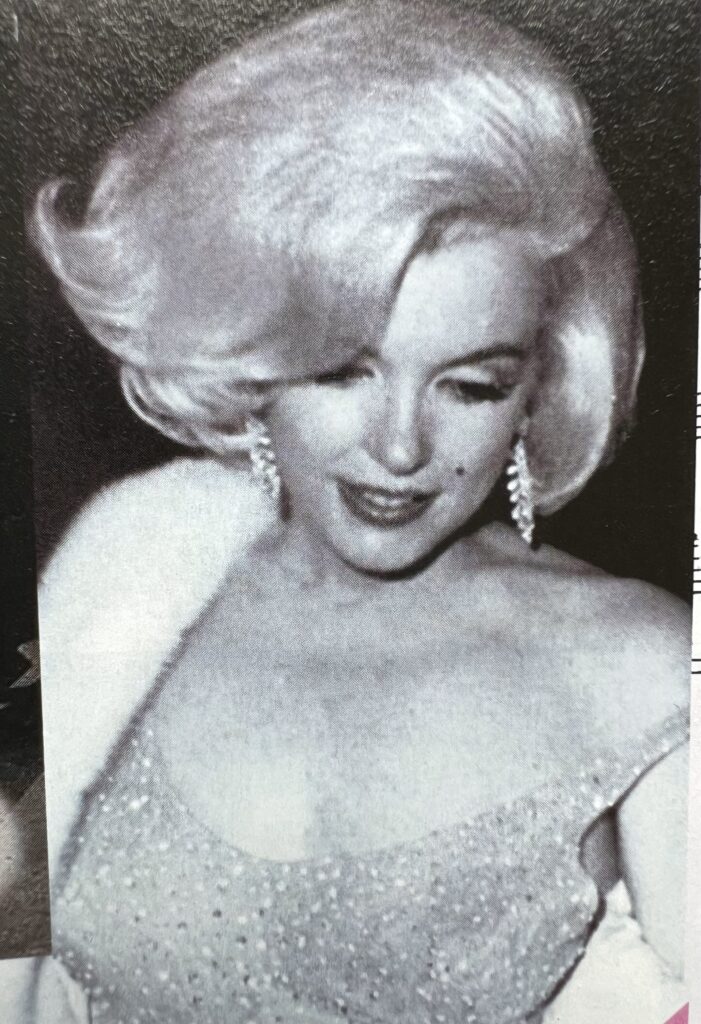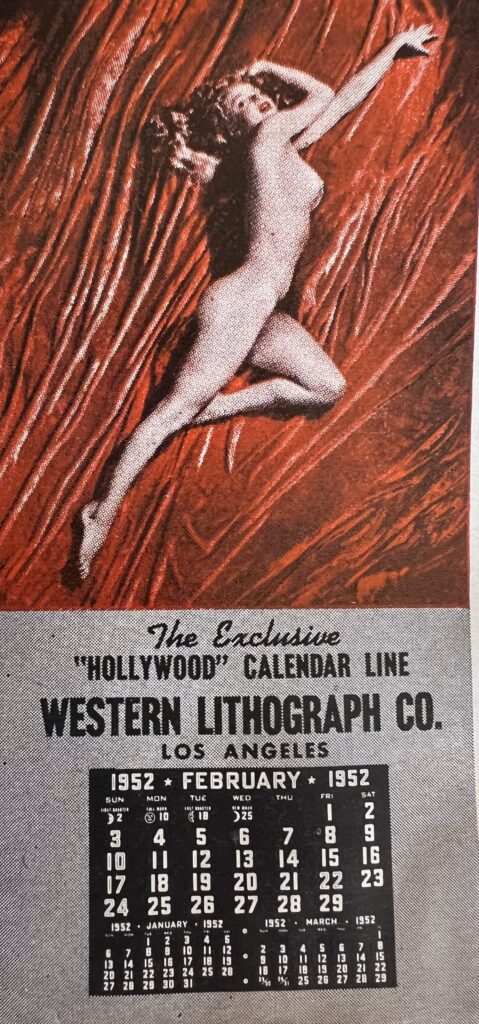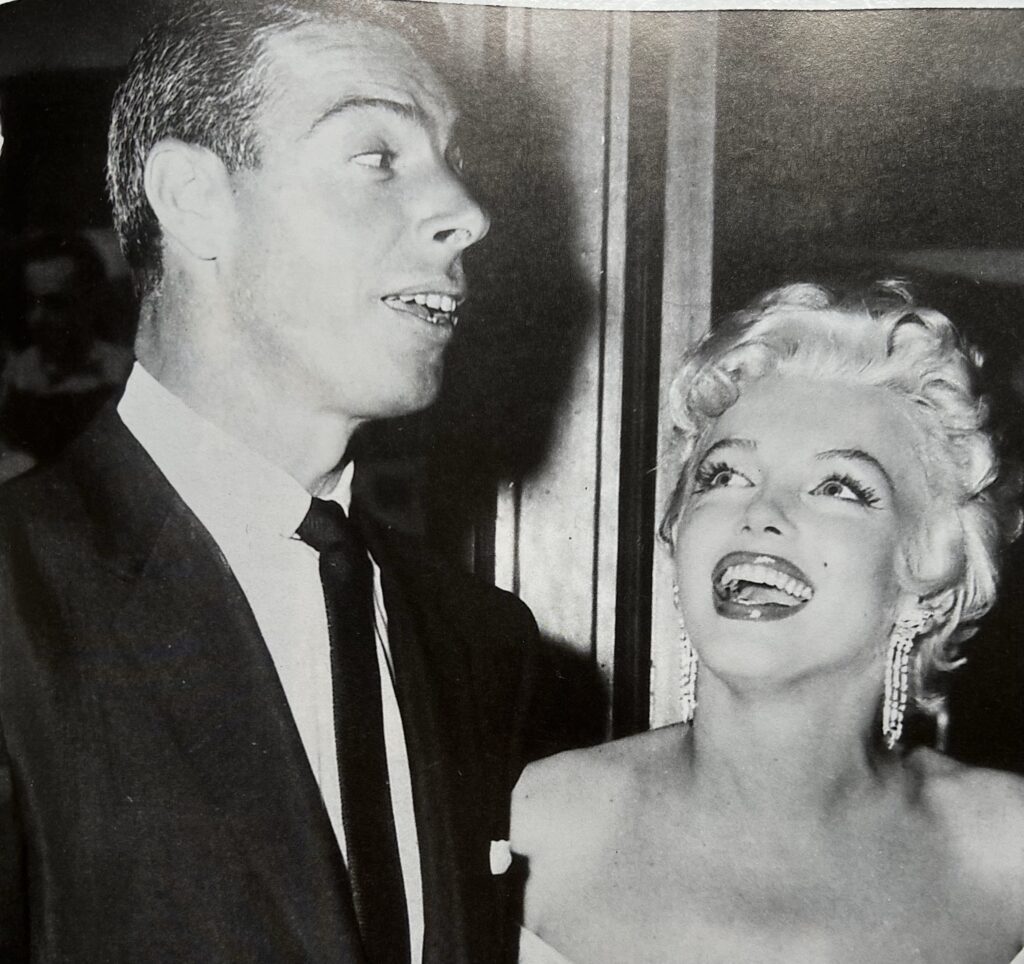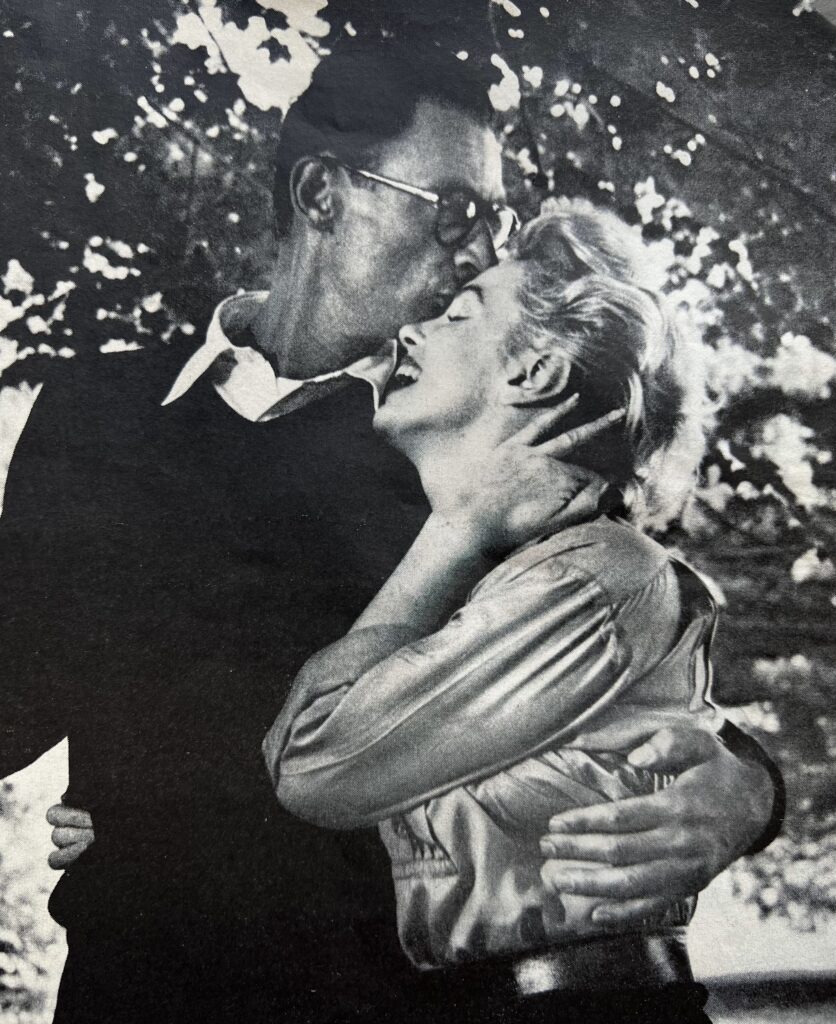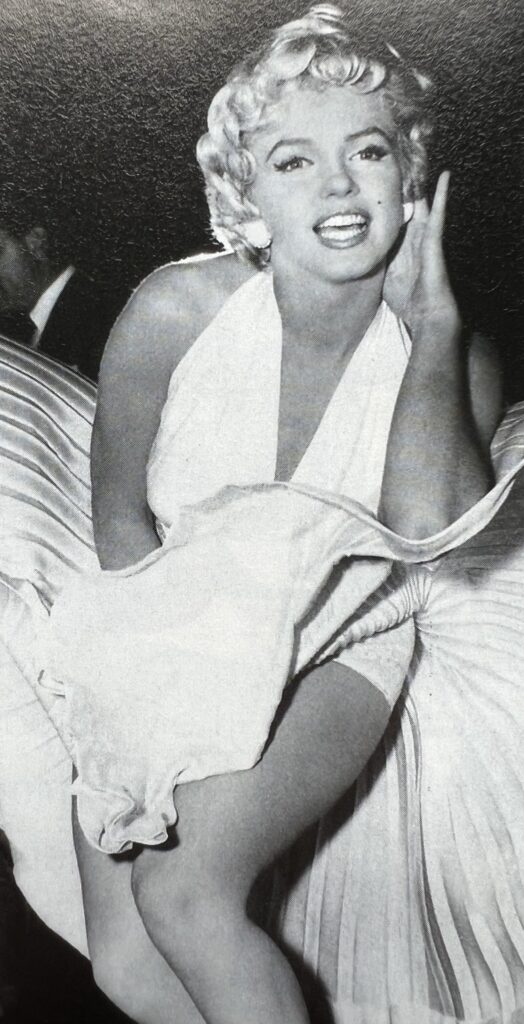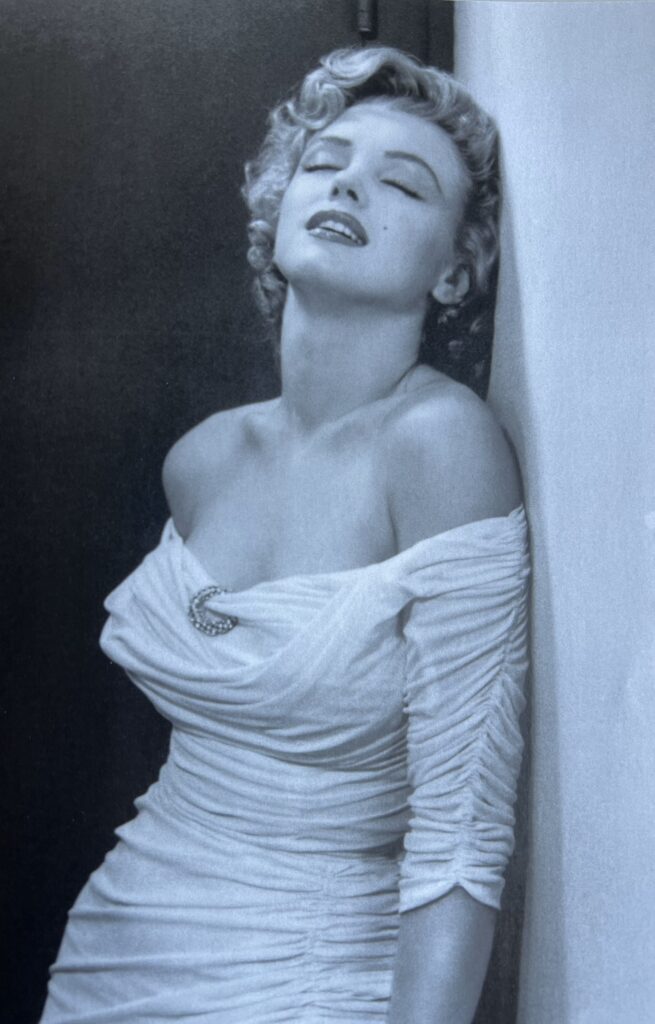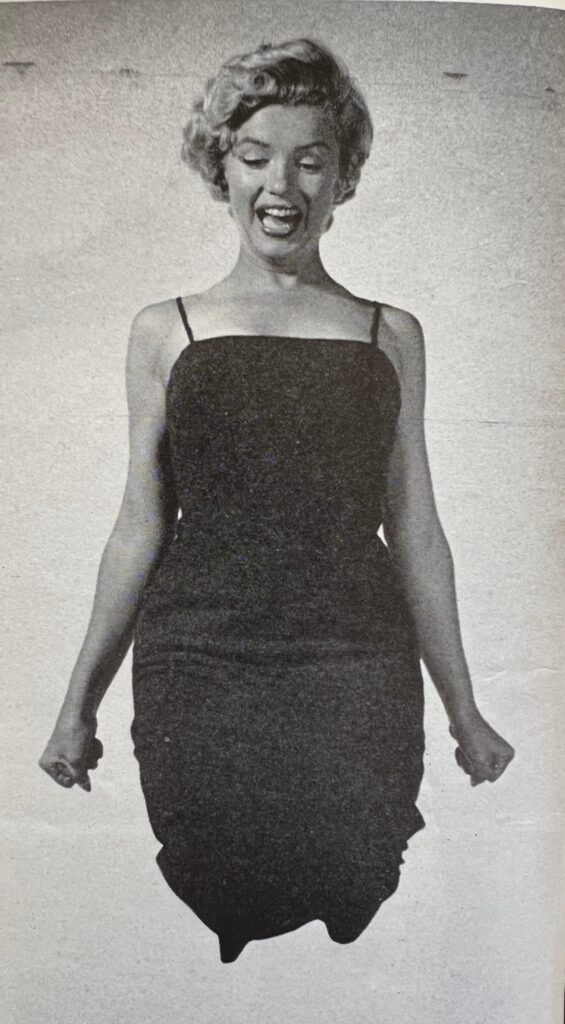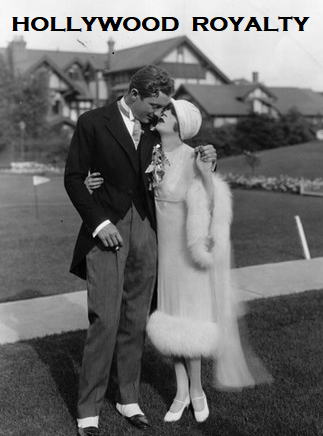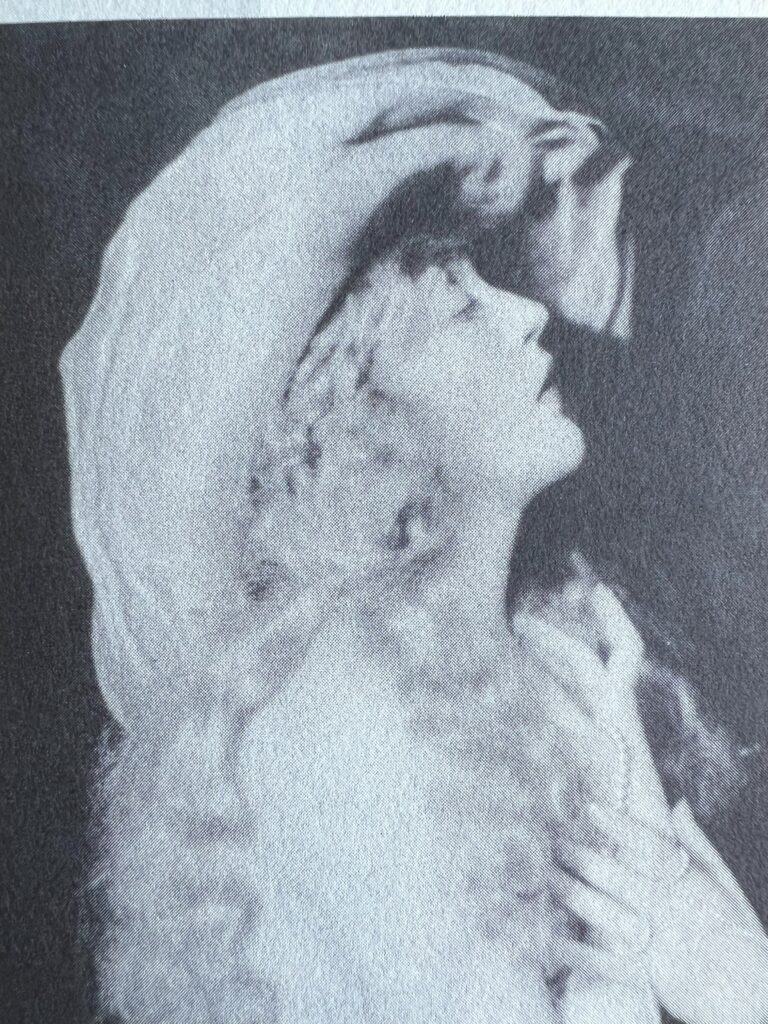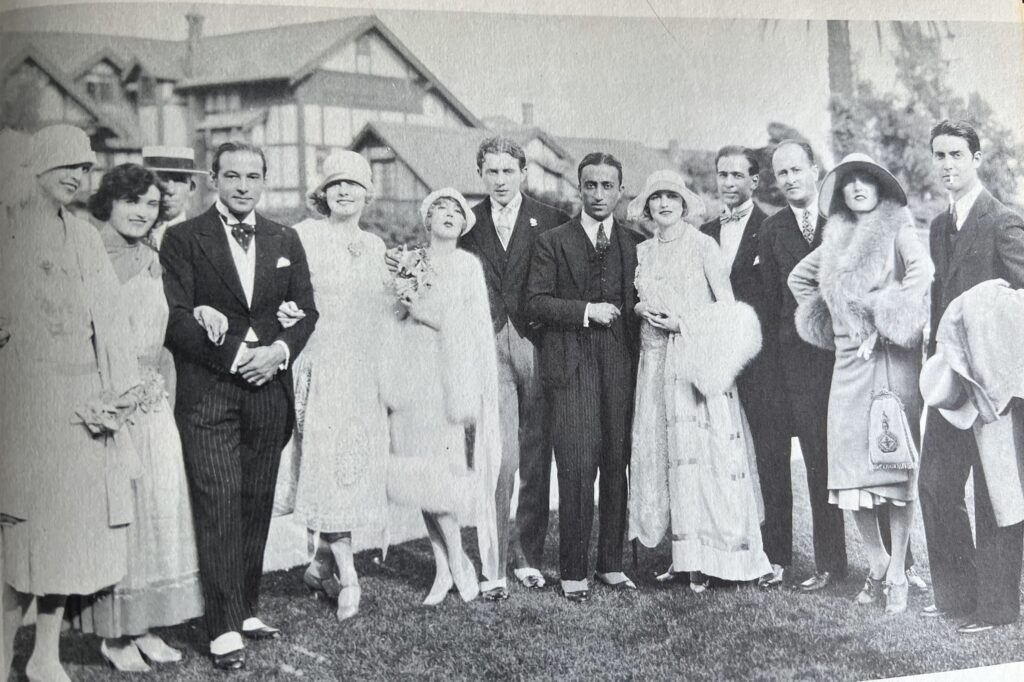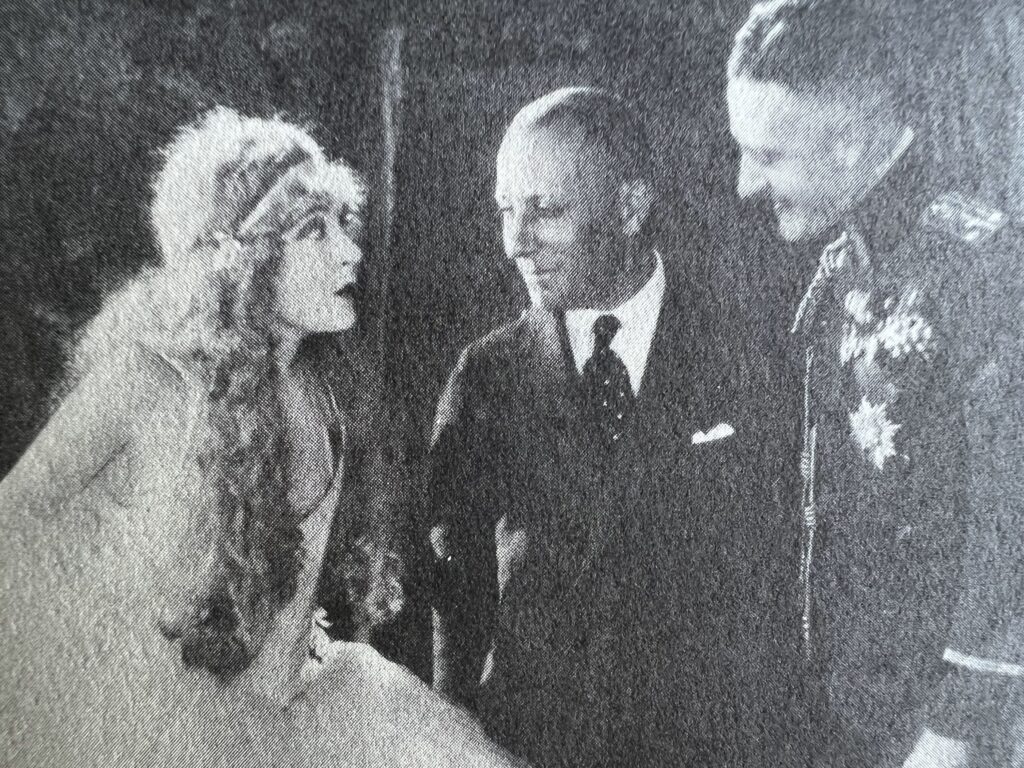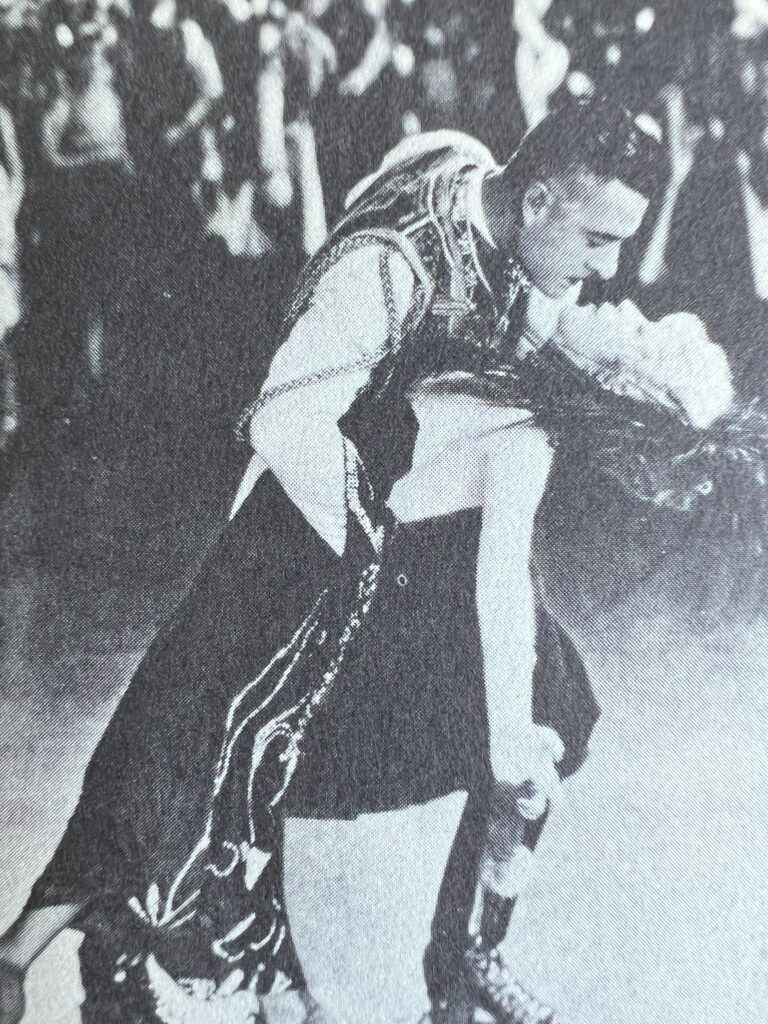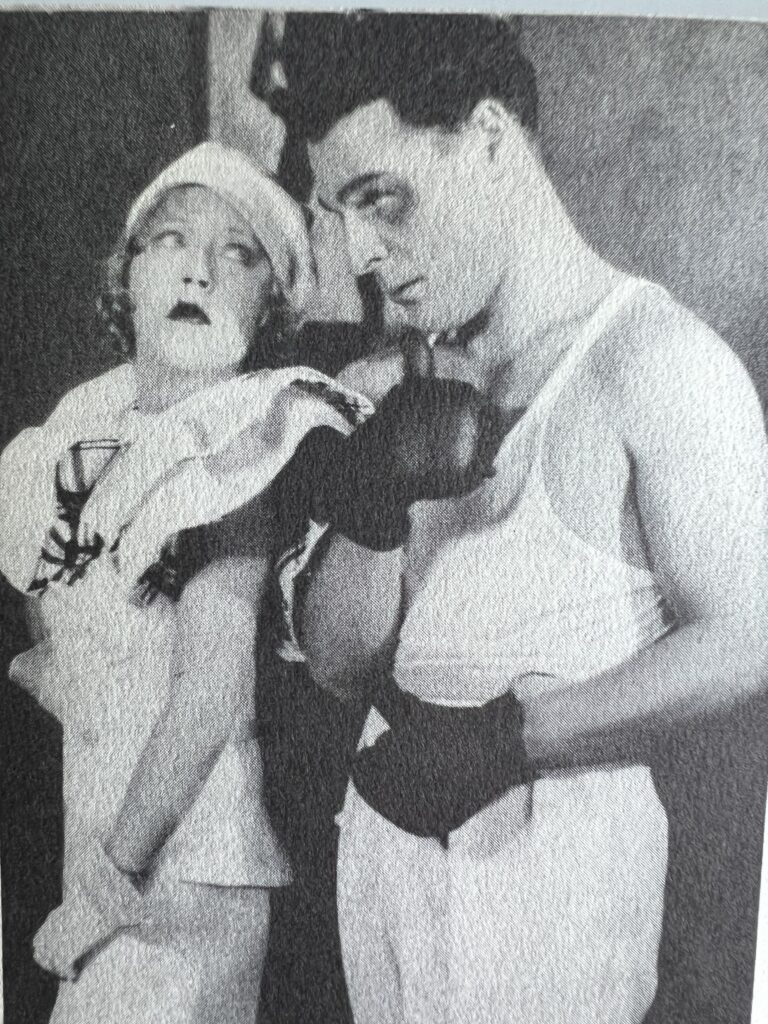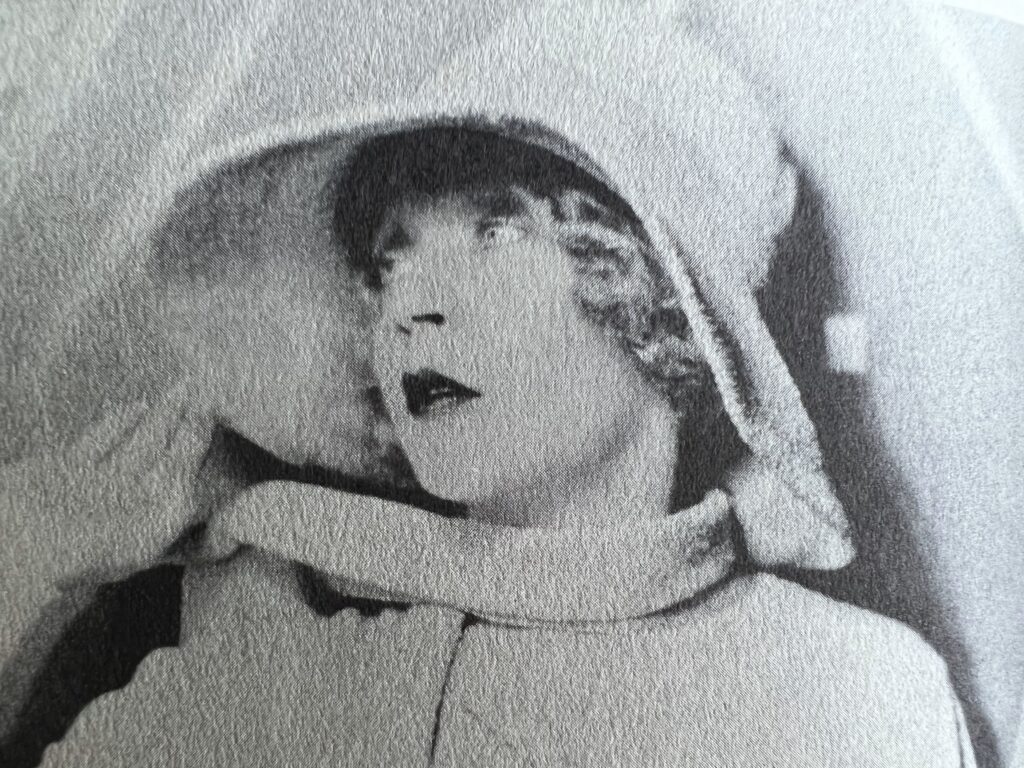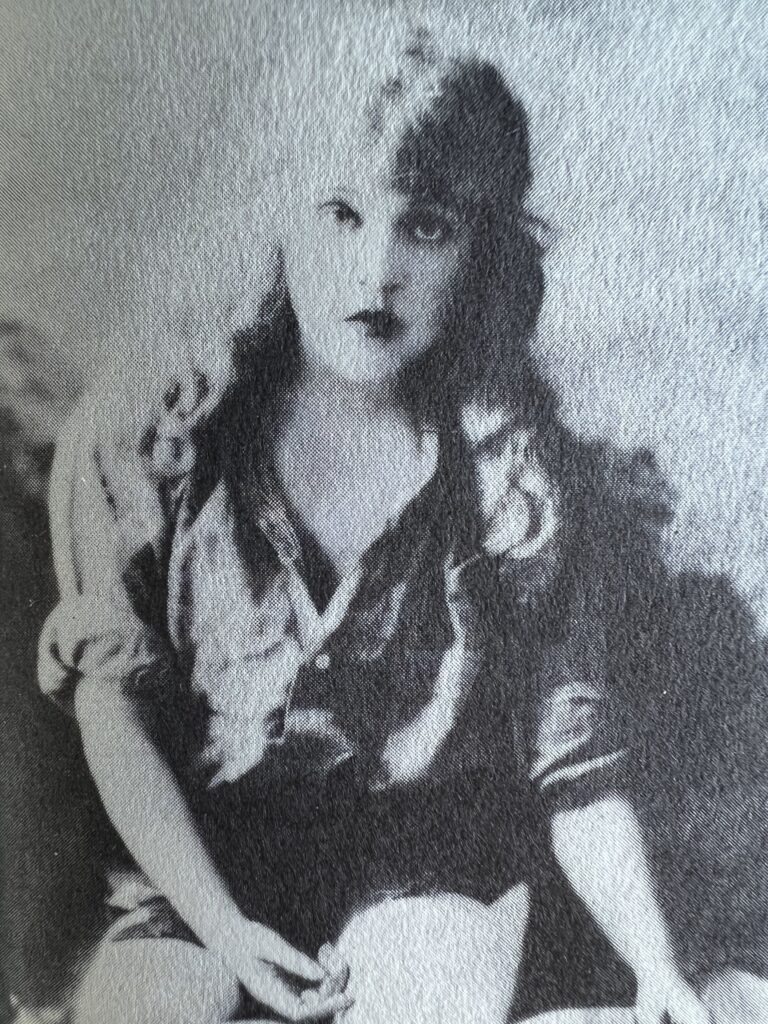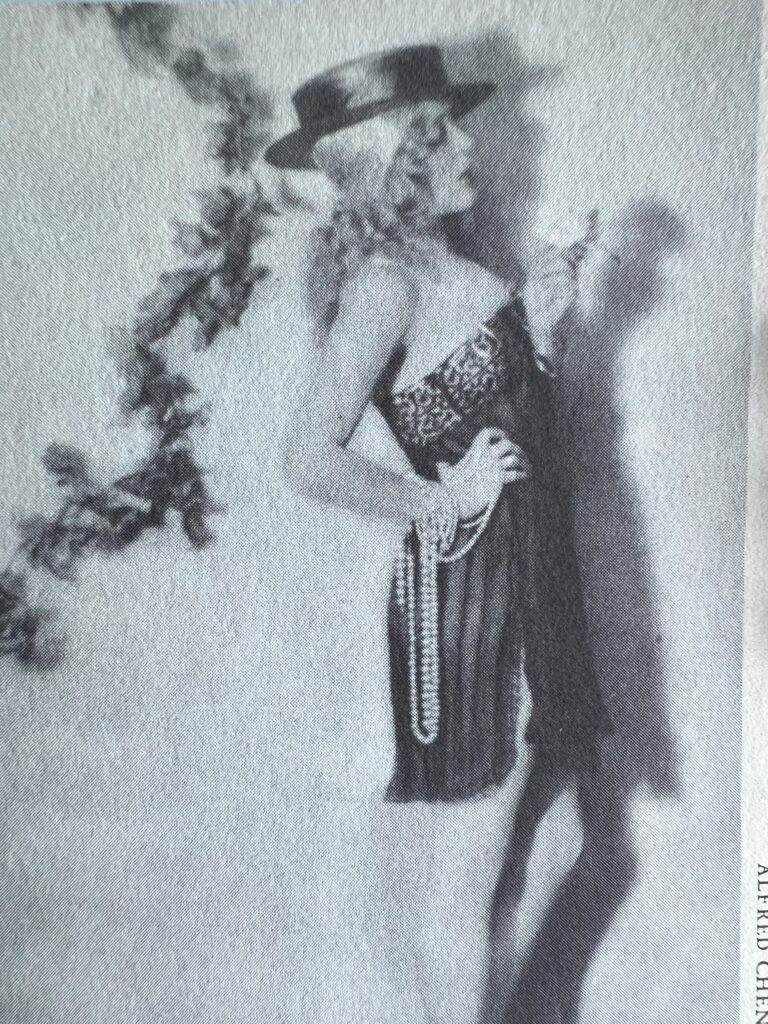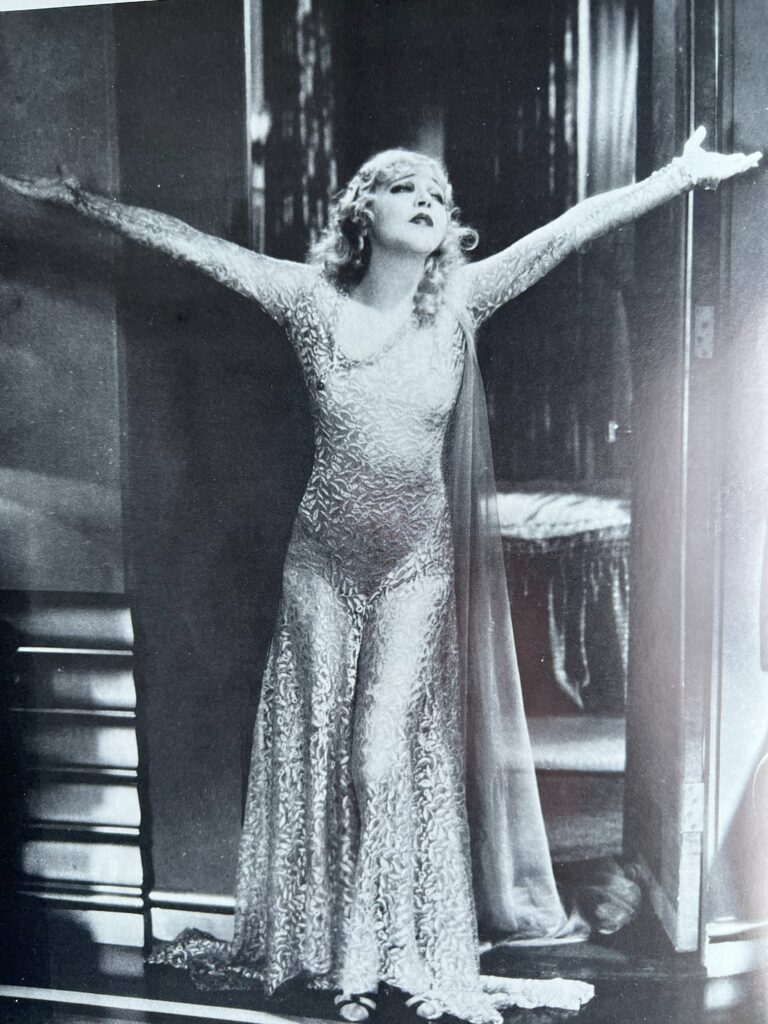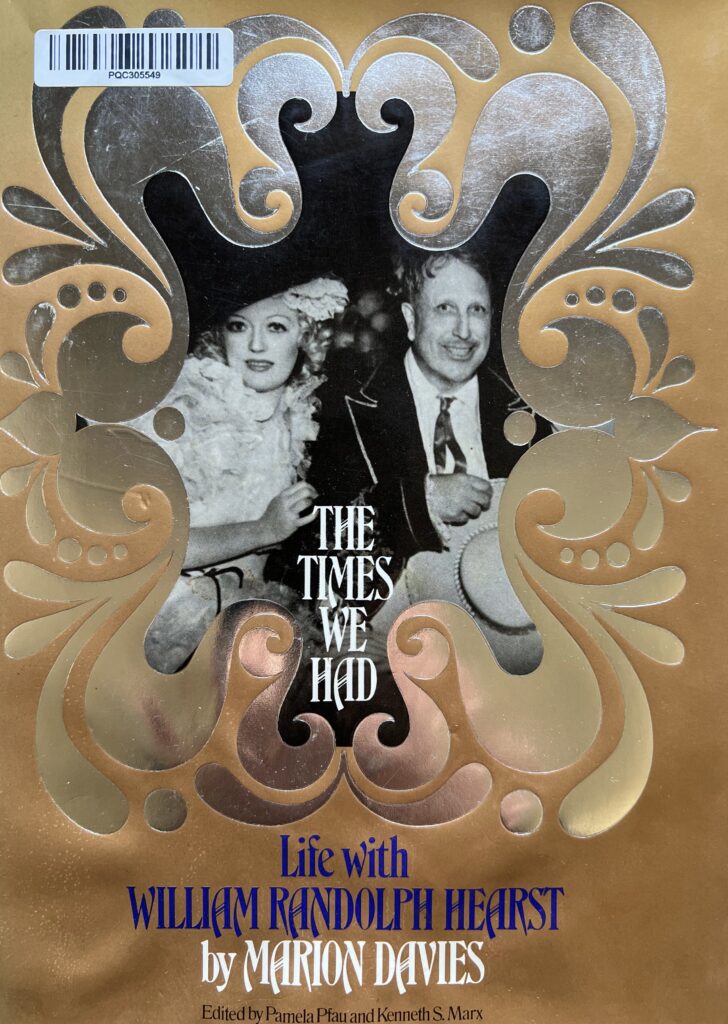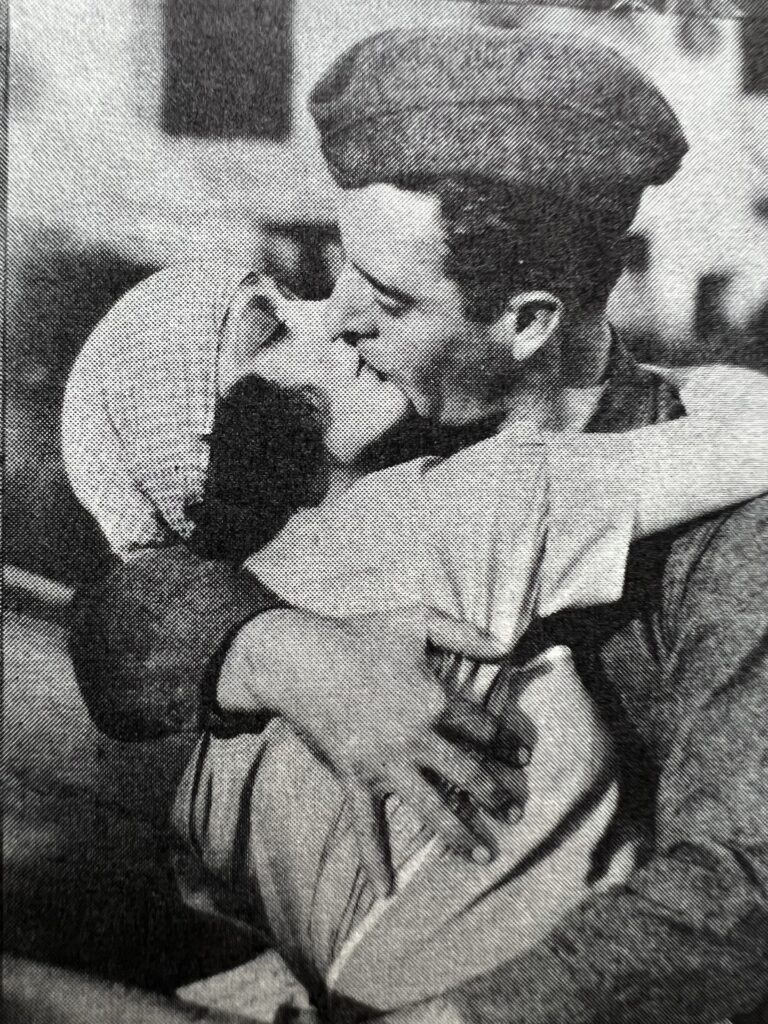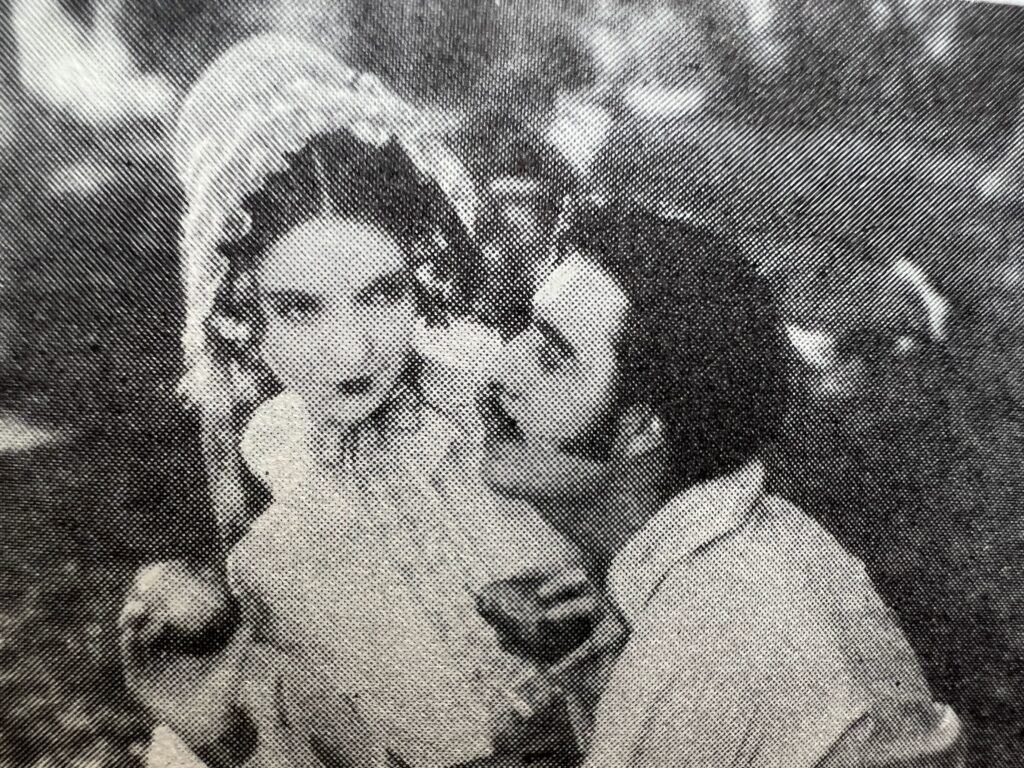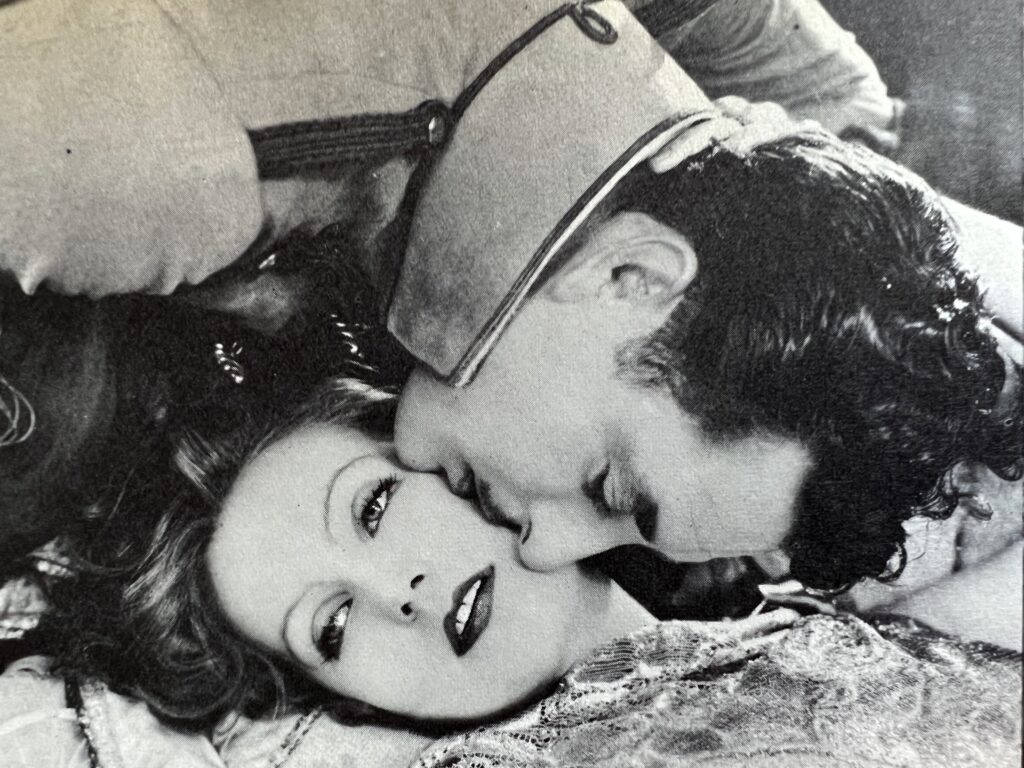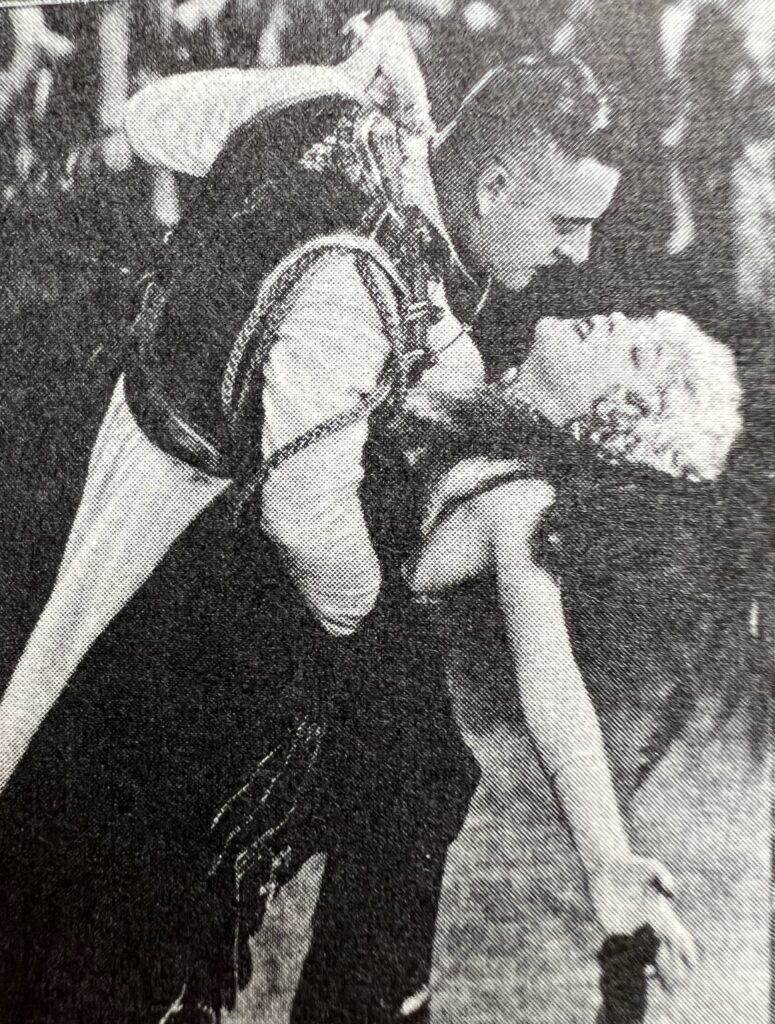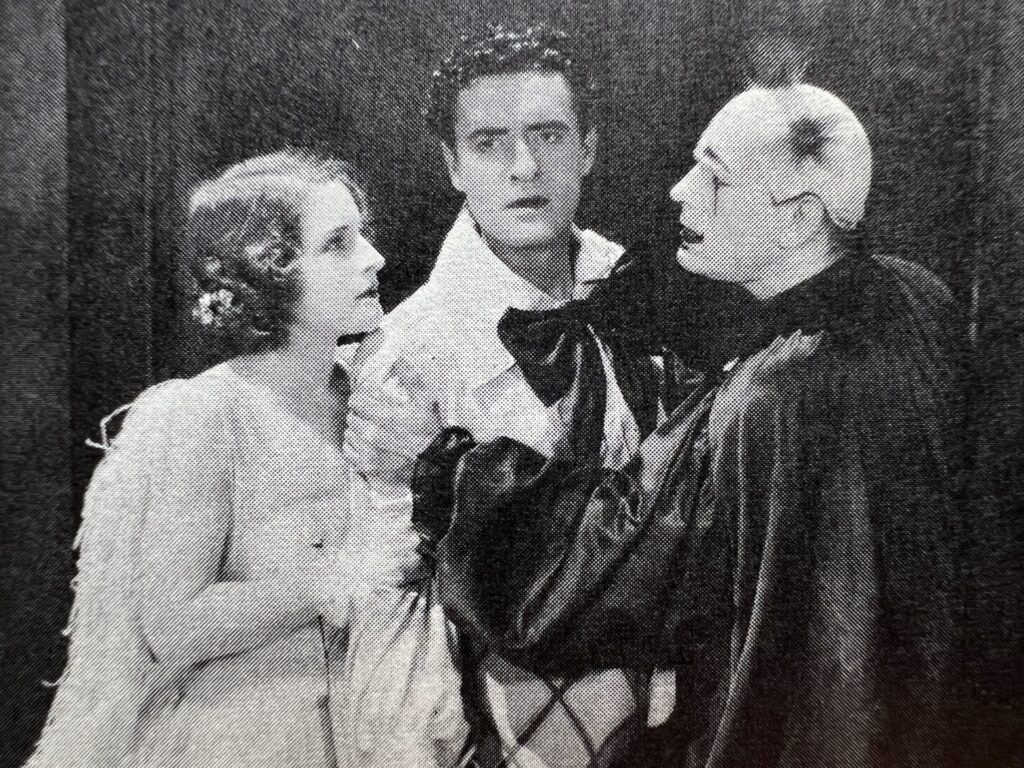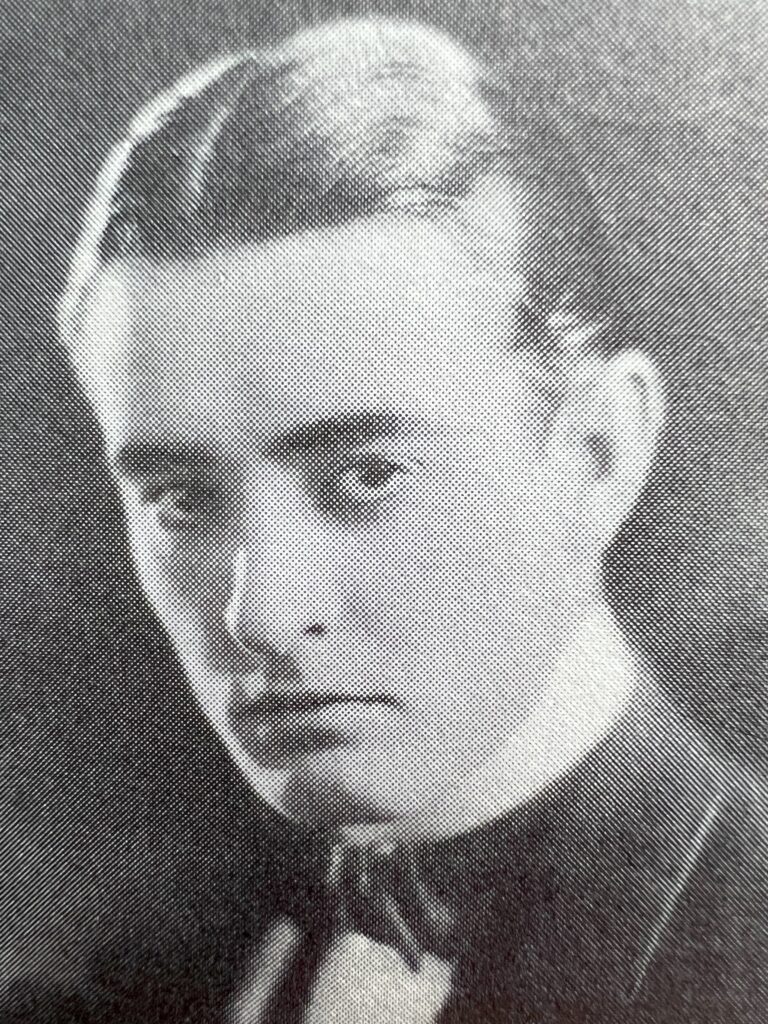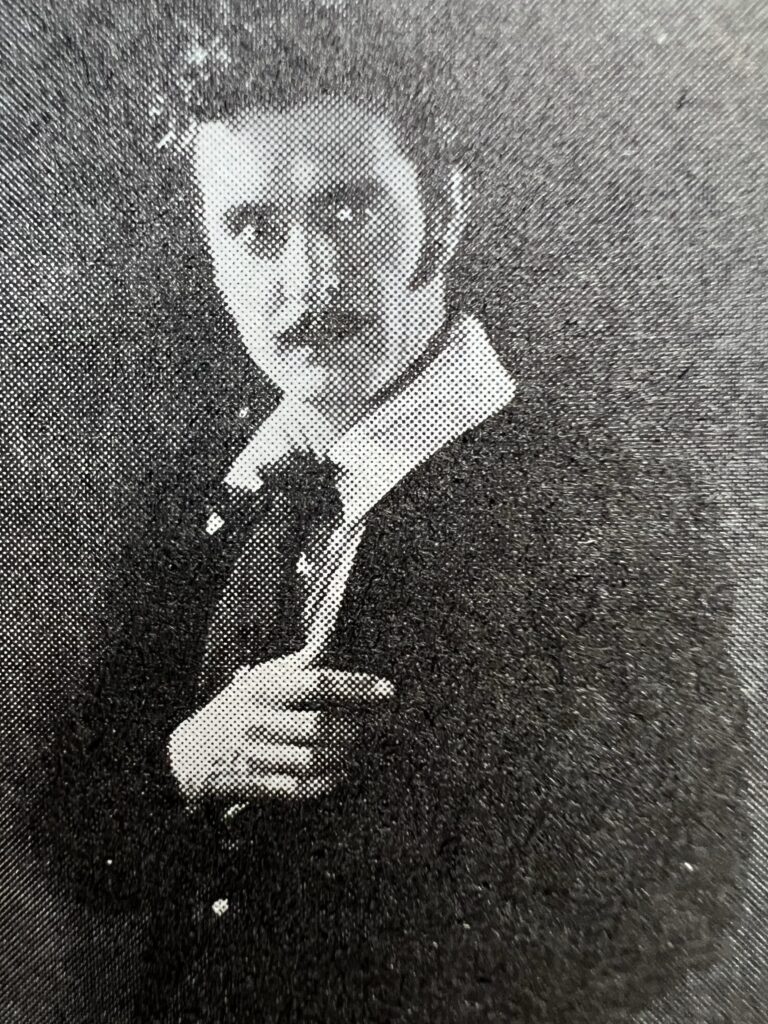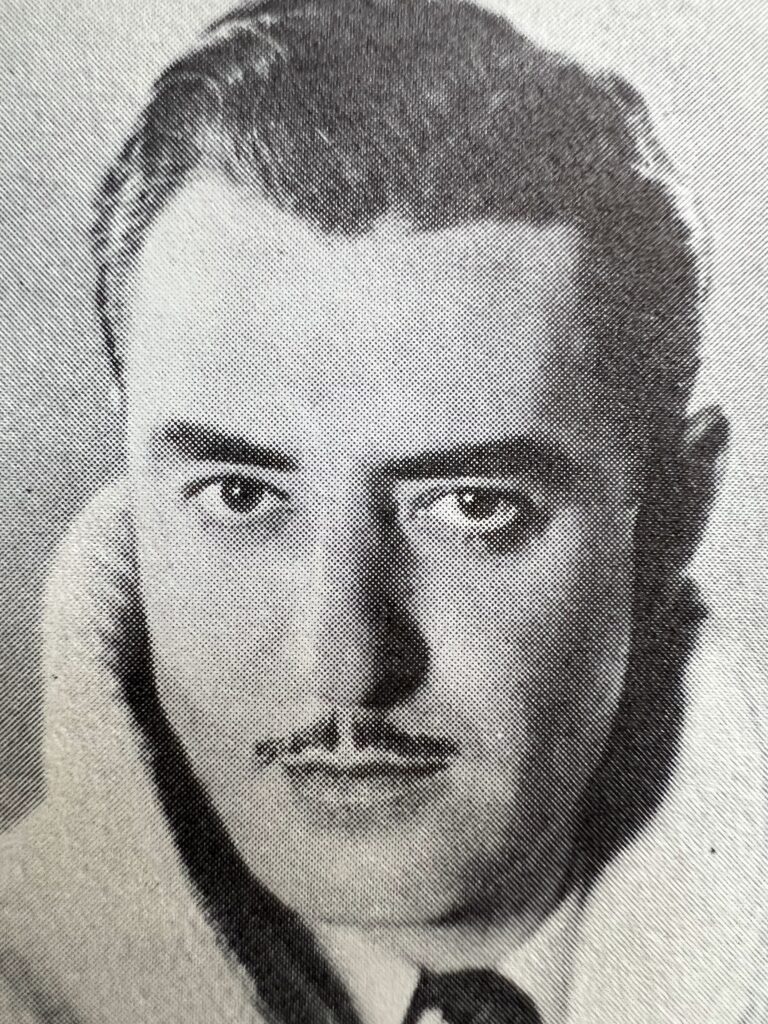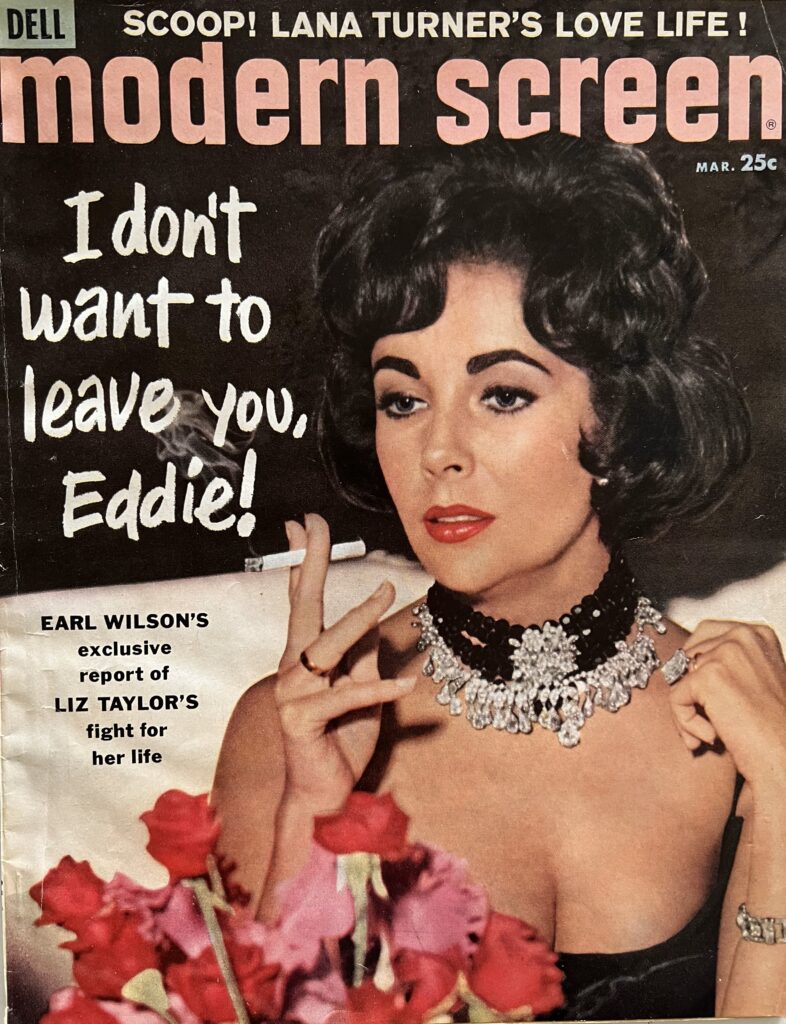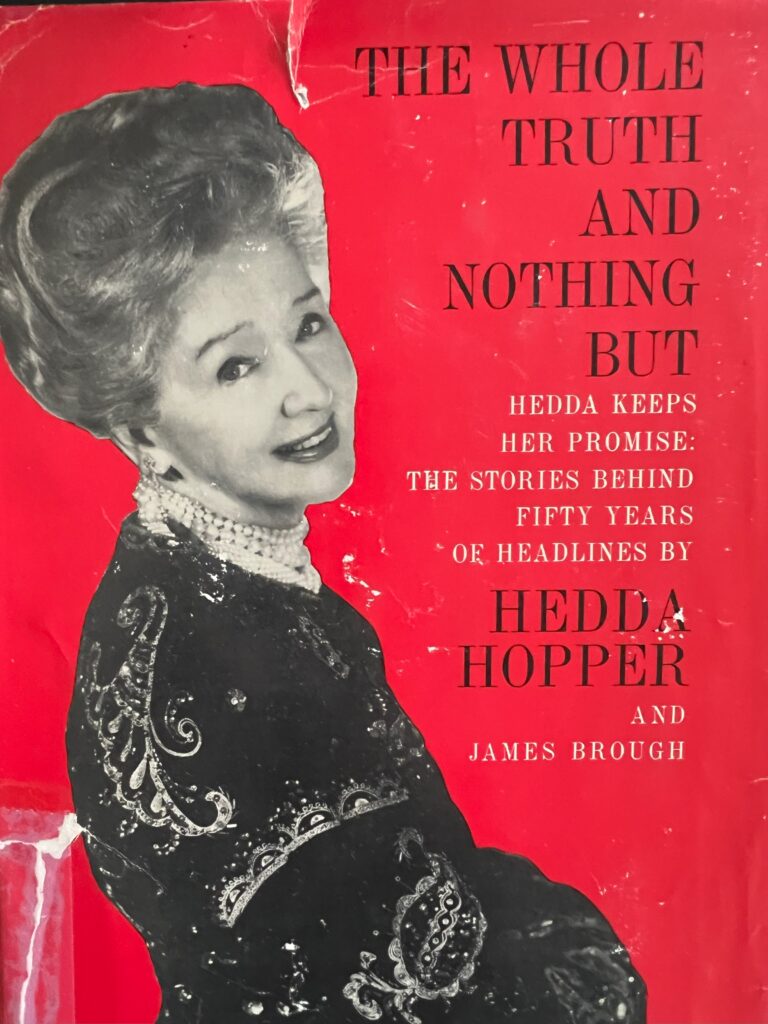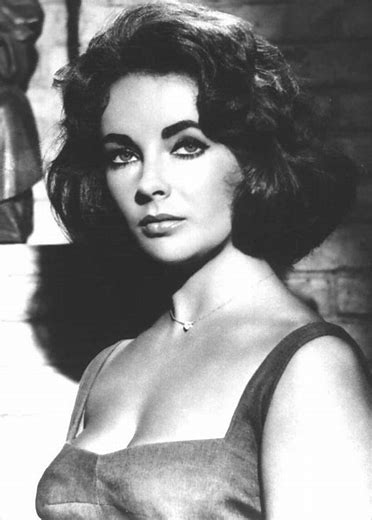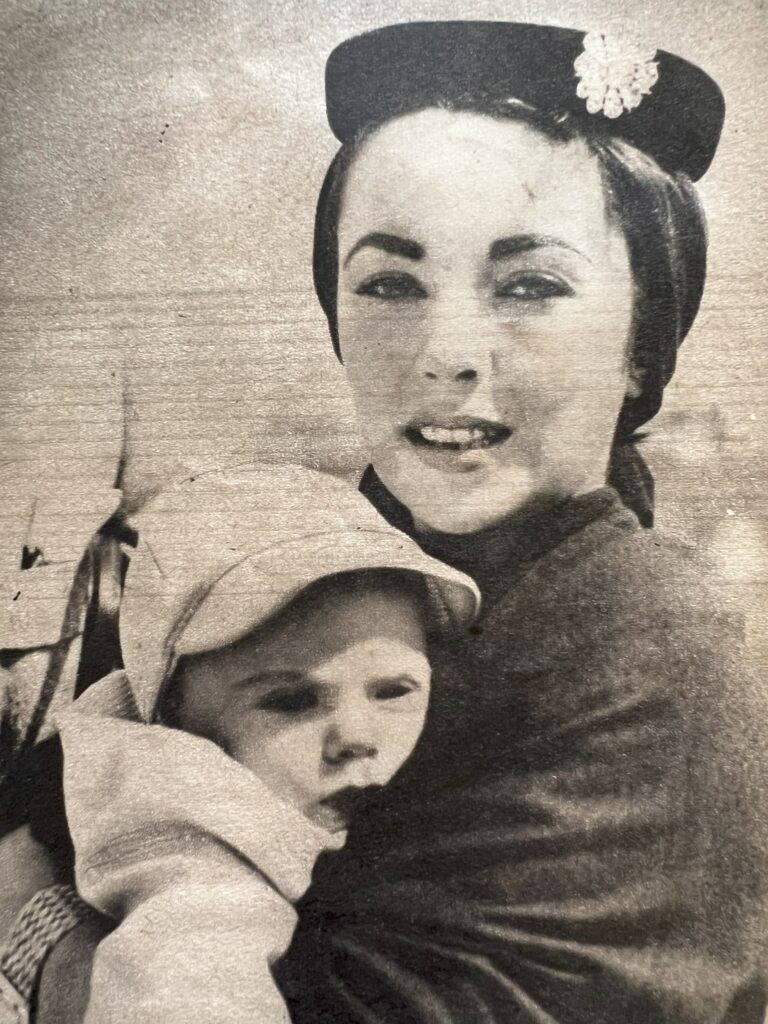
I’ve been spending too much time lately on YouTube and deserve a vacation. Something different, less controversial. Hmmm…what shall I write about?
I scoured my magazine archives for a topic. Religion, perhaps?
A Liberty magazine feature written by Jim Tully, from January 12, 1929, “Aimee Semple McPherson – What’s She All About?”, was just screaming at me! I think the author caught my attention with these words:
“One of the very greatest actresses now alive in the world has an audience under her spell. Her whole-heartedness, coupled with her tremendous verve and dominating will, explains this woman’s phenomenal success. Only one other career in the world would have allowed her complete expression – the stage.” Tully also wrote, “Shop girls claim her gowns are finer and more expensive than those sold to movie stars.”
Well, that did it since everyone knows I’m a sucker for an aspiring actress story! Especially true when they have beautiful gowns, a scandal and a tragic ending!
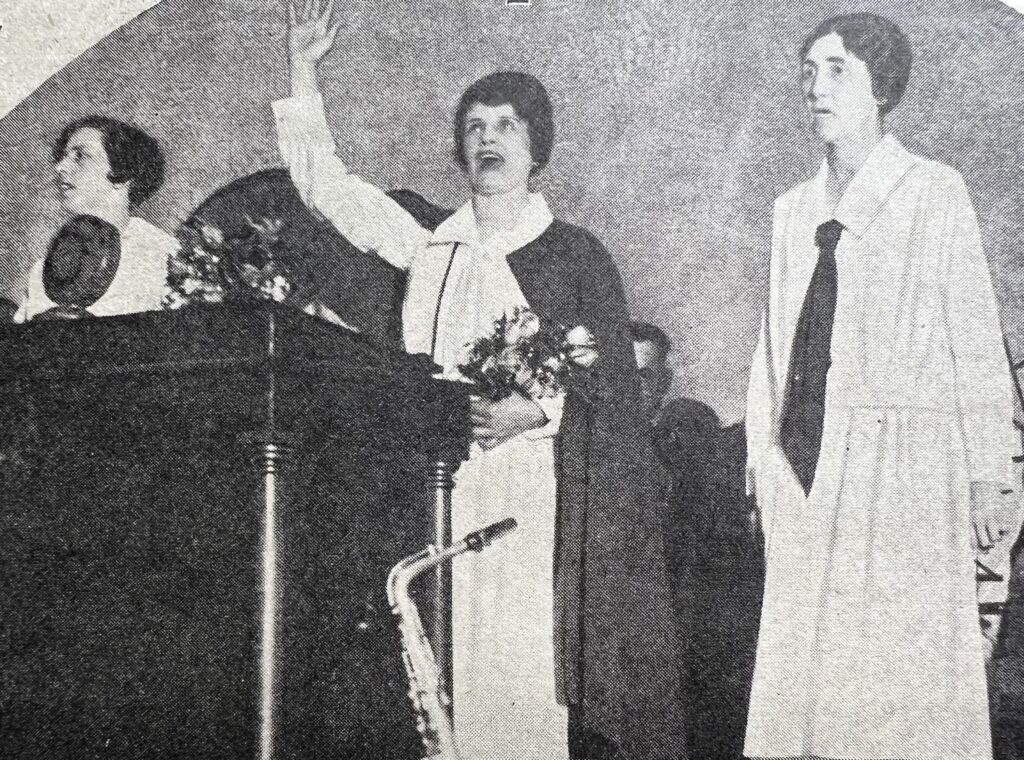

Such shenanigans, though, are nothing new in the world of evangelism and far be it from me to throw stones. The Old Testament has admonished us not to engage in what is called the evil tongue. In biblical Hebrew the term is לשון הרע (“lashon hara.”)
Upon second thought, perhaps I shall cast a few stones at Aimee Semple McPherson! I’m only human, don’t cha know?
Let’s dive right into the scandal as related by the 1929 Liberty feature where “Sister Aimee,” as she was known to her followers, became embroiled in an alleged kidnapping scheme on May 18, 1926. According to the evangelist, on the day in question, she had just finished swimming at the beach when she was approached by a weeping woman with a nervous male companion. The two informed her their baby was dying and wanted her to pray over it.
Sister Aimee wanted to dress first, but the woman persuaded her otherwise, then threw an overcoat over her dripping shoulders and ran ahead to her car. By the time Sister Aimee arrived, the woman was holding a bundle tenderly in her arms, seated next to a third man. When the evangelist leaned over to pray for the baby, she was suddenly pushed into the vehicle and last recalled something sweet-smelling being held over her mouth.
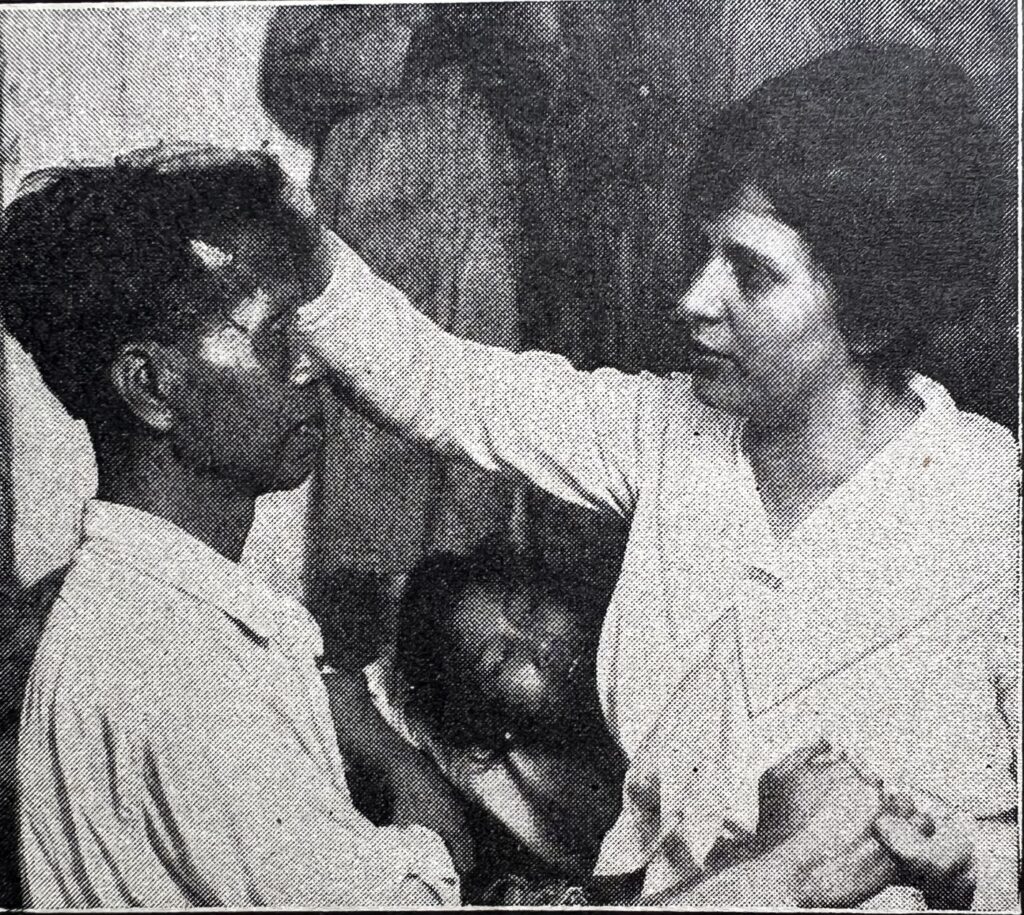
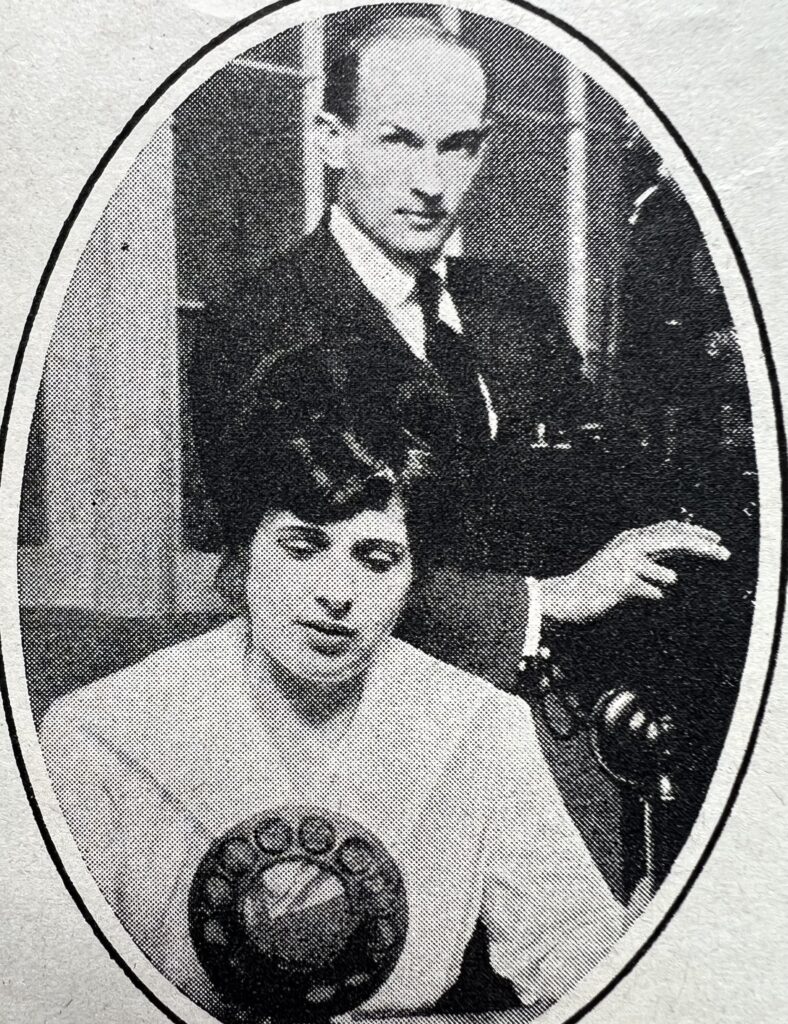
When McPherson awoke, she was in an unknown location and discovered that she was being held for half a million in ransom, Tully wrote and went on to say:
“During this period of her captivity, her captors went to a blind lawyer in Long Beach, California. They told him the terms of the ransom. The lawyer went in turn to the district attorney and Federal officers, and recounted what the kidnapers had told him. The authorities believed the story to be preposterous.” The writer added that “A day or so later, the blind attorney was beaten severely in his own office by the same men!”
No sources were provided for the above statements, nor were any given for the following. I guess we must accept it on faith:
- “Ransom notes were received at the temple. Federal post-office investigators became interested. Later it was discovered that the stamps on one of the letters had been mysteriously changed.”
- “At the moment when the Federal men were to seize the typewriter they felt had been used in typing the notes – the machine disappeared!”
- “In a mysterious midnight journey, the captors, according to Aimee, took her to a shack – somewhere on the Mexican desert, twenty miles in some direction from Agua Prieta. She spent two days in the shack, and was then left conveniently alone.”
Keep in mind, Sister Aimee was, having been drugged, unconscious during this period. How could she possibly have known exactly where she was? We’re never told. The writer continued:
- “With the edge of a tin can she sawed in twain the cords which bound her wrists together. Her hands freed, she quickly unbound her ankles.”
- “She walked through the intense heat of the desert day and late into the night. At Agua Prieta she found the police. They took her to Douglas, Arizona.”
Yes, funny the subject of Douglas, Arizona, should come up! That’s where the evangelist’s church received a phone call from, on June 23, 1926, exactly five weeks and one day after her disappearance from the beach.
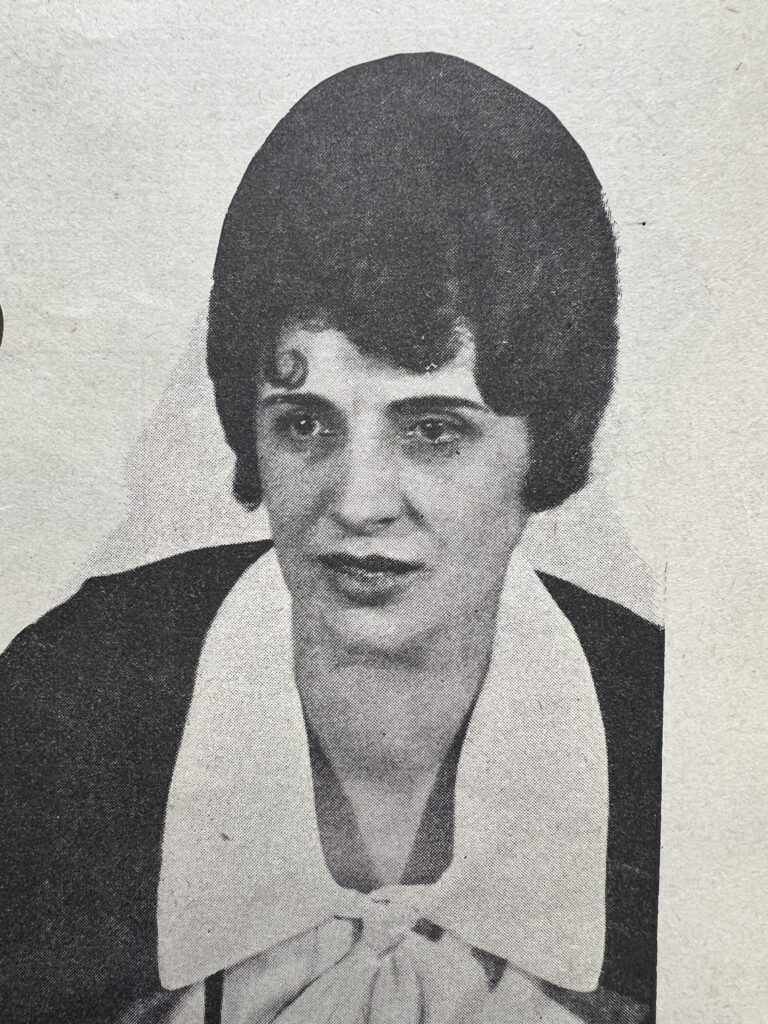
It seems a little time was lost, wouldn’t you say? Sister Aimee is recalling only a few days of her life, yet over five weeks have passed since she was supposedly abducted!
Having miraculously recovered from her debacle, Sister Aimee announced that it was all the result of a rival church’s underworld plot to unseat her from her evangelist throne. A grand jury investigated but ultimately decided there wasn’t enough evidence to indict the suspected kidnappers.
The article concluded, “The legal battle was waged off and on in the courts for half a year. At last the case against the evangelist collapsed on January 10, 1927. Now, nearly two years later, conflicting opinions still flourish. No trace of the kidnapers has ever been found.”
No, indeed, because there probably never were any. Furthermore, there was a rumor that she’d been cavorting in a lascivious way with one of her co-workers, in Carmel, California.
I almost forgot to include the terrible fate that awaited Aimee Semple McPherson on September 27, 1944. The evangelist suffered a heart attack In Oakland, California, where she’d gone to preach at local revivals.
Sister Aimee’s autopsy report showed that it was precipitated by an overdose of secobarbital, ruled to be accidental, not intentional.
The distinction is thin, though, when people find they’ve reached that moment in time.

